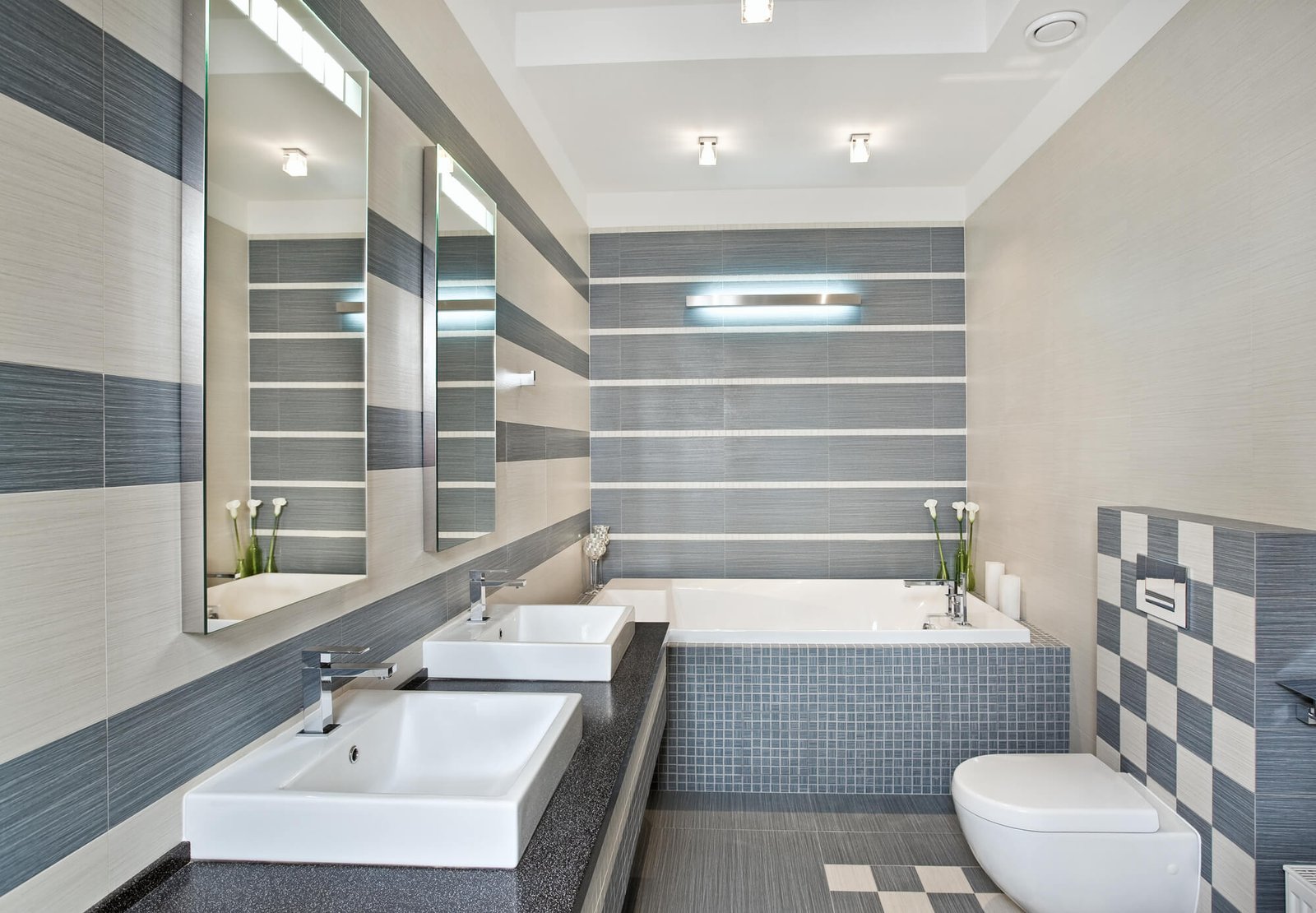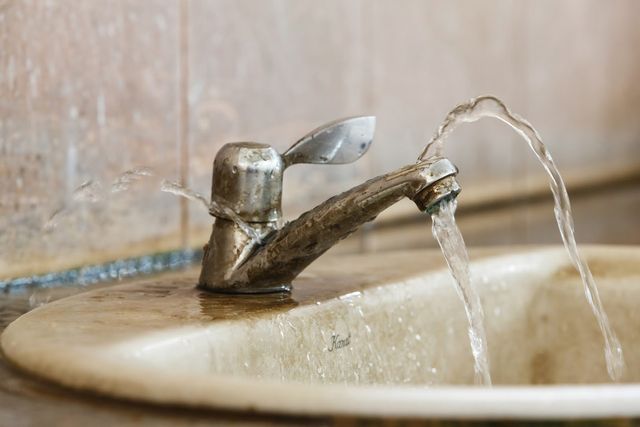Detecting and Dealing with Bathroom Water Leaks: Essential Insights
Detecting and Dealing with Bathroom Water Leaks: Essential Insights
Blog Article
They are making a number of good pointers on the subject of How to Check for Bathroom Leaks in general in this article in the next paragraphs.

Restroom leaks are annoying as they disrupt your day's plan. They vary in severity relying on the resource of the leakage. You should prioritize them, as they can swiftly get worse. So, it is an alleviation that most shower room leakages are simple to take care of and also find, with very little cost ramifications.
Having a water leakage in restroom can be difficult to the home owner. However repairing the leak ends up being a very easy problem if you know what to do. This article is critical as a house overview to taking care of a water and finding leak in restroom. It does not change the demand for professional experience. The article functions as a "emergency treatment" when you require an emergency situation feedback to a water leakage in restroom.
Discovery as well as Repair Work of Water Leakage in Bathroom
Water leak in restroom frequently results from pipes as well as pipe mistakes. You may need a standard expertise of these leakage types to find the water leakage in bathroom.
Dash Leaks
These typically arise from water splashing on the washroom flooring from the tub. It issues of using an inadequate shower curtain or worn bath tub cellular lining. It harms the washroom flooring and might create rot to wood floors as well as bathroom doors. The water usually swimming pools around the bathtub or shower. This may lead to even worse bathroom damage without timely handling.
What to Do
If the leak has damaged the restroom floor or door, you may require to alter these to stop further damages. The excellent news is that you can involve a pipes expert to assist with the restroom repair.
Bathroom Leaks
Occasionally, water leaks from the commode and swimming pools around the toilet base. It is an eye sore in the washroom and also needs timely focus. In some cases, it arises from a loose connection between the bathroom and also the container. This causes water to leak from the cistern to the floor. It might also result from cracks in the toilet bowl or a defective shut-off valve.
What to Do
You only require to tighten them if there are loosened bolts between the cistern and also commode. In some cases you might need to reapply wax on the gasket or employ a shower room leakage professional to replace damaged or used components.
Clogged Bathroom Sinks
Often, the water leakage in washroom results from sink blockages. This is usually a nuisance to home owners as well as might be unpleasant. Obstructions may arise from the build-up of soap scum, hair bits, or particles that block the drain. It is simple to take care of clogs, and also you may not need specialist abilities.
What to Do
You can use a drainpipe snake to eliminate the particles in the drain and also allow the stationary water flow. Drain cleansers are additionally readily available in stores and are very easy to use.
Final thought
Water leaks in the bathroom are preventable occasions in the residence. When they do, fix them without delay, or engage the services of an expert.
The short article serves as a "first aid" when you require an emergency action to a water leakage in washroom.
Water leak in bathroom generally results from plumbing and pipe mistakes. You might require a standard understanding of these leakage types to detect the water leakage in washroom. It damages the washroom flooring as well as might cause rot to wood floors as well as washroom doors. Occasionally, the water leak in restroom results from sink obstructions.
Tricks for Locating a Water Leak in Your Bathroom
Run a Test Using Your Water Meter
One of the clearest indications of a leak in your household is if there’s a sudden unexplained increase in the water bill. For the most part, your water usage shouldn’t change too much from month to month, so a sudden surge is a surefire warning sign.
For further evidence of a leak, Bob Vila recommends this simple test. First, "turn off all the water faucets in your home, and make sure the washing machine and dishwasher are not running." Go to your water meter and look over the reading. After two hours, see if there is a change in the reading. If there is, you've definitely got a leak on your hands and it may be coming from your bathroom!
Test The Toilet
Toilets are among the leading culprits when it comes to unexplained leaks. The rubber stopper (knowns as the flapper) that separates the tank from the bowl can become brittle over time, creating a leak. If you have a toilet that periodically runs on its own for a few seconds, this is probably why.
To confirm your suspicions, put a couple of drops of food coloring into the tank of the toilet. Return after a few minutes and check the bowl. If the dye has entered the bowl, then there’s a leak that should be repaired.
Check for Water Damage to The Walls and Ceilings
If you have a leak emanating from an upstairs bathroom, one of the first things you’ll notice is water damage on the ceiling of the room below. Watermarks and discoloration are clear indicators of leaks, but you might also notice flaking or peeling paint.
Remember: Water doesn't always follow predictable routes. So if you see water marks on the walls, those could also be the result of a leaky upstairs bathroom.
Be Aware of Musty Odors
When it comes to bathroom leaks, the nose often knows best. An undetected leak can go on for quite some time, resulting in the ideal conditions for mold and mildew. Mold has an unpleasant odor and is a sign that your home could be suffering from significant water damage. It’s also a health hazard, especially for those who suffer from respiratory illnesses and allergies, so it's important you have it remedied as quickly as you can.
Inspect Bathtub and Shower Seals
You might not see any leaks or notice any obvious signs of water damage, but it’s important that you look for gaps between the seals surrounding your shower, bathtub, and walls. These kinds of leaks may require extensive renovations if they’re not repaired promptly.
Any presence of moisture on the seals is indicative of a problem, as is peeling or bubbling paint on the bathroom walls. If you have vinyl flooring, be cognizant of curling or bubbles and soft spots in the wood beneath.
https://www.waterdamagerestorationaz.com/locating-bathroom-water-leak-tricks

As a reader about How to Check for Bathroom Leaks, I assumed sharing that excerpt was appropriate. Loved our post? Please share it. Help someone else find it. We cherish reading our article about How to Check for Bathroom Leaks.
Quote Report this page